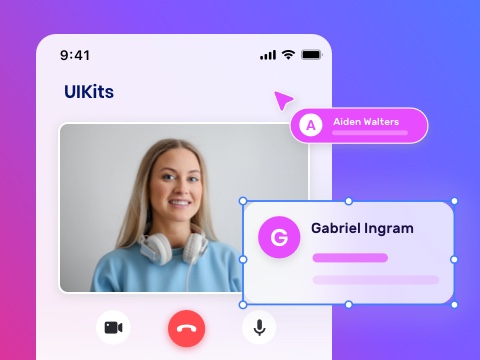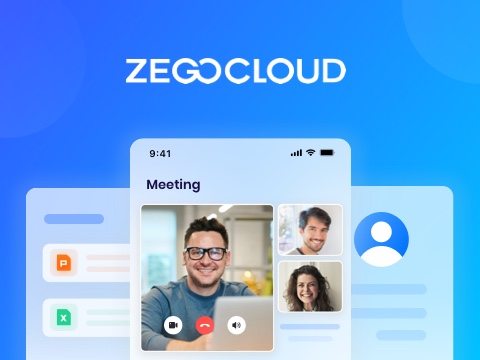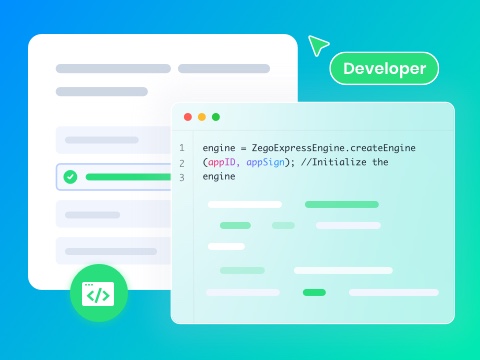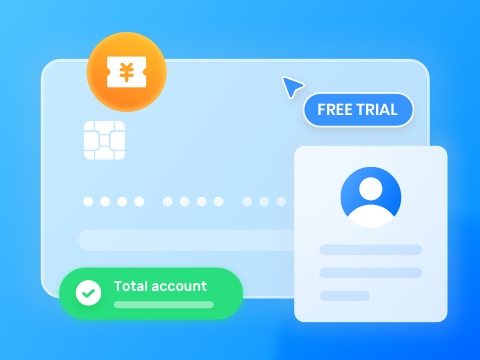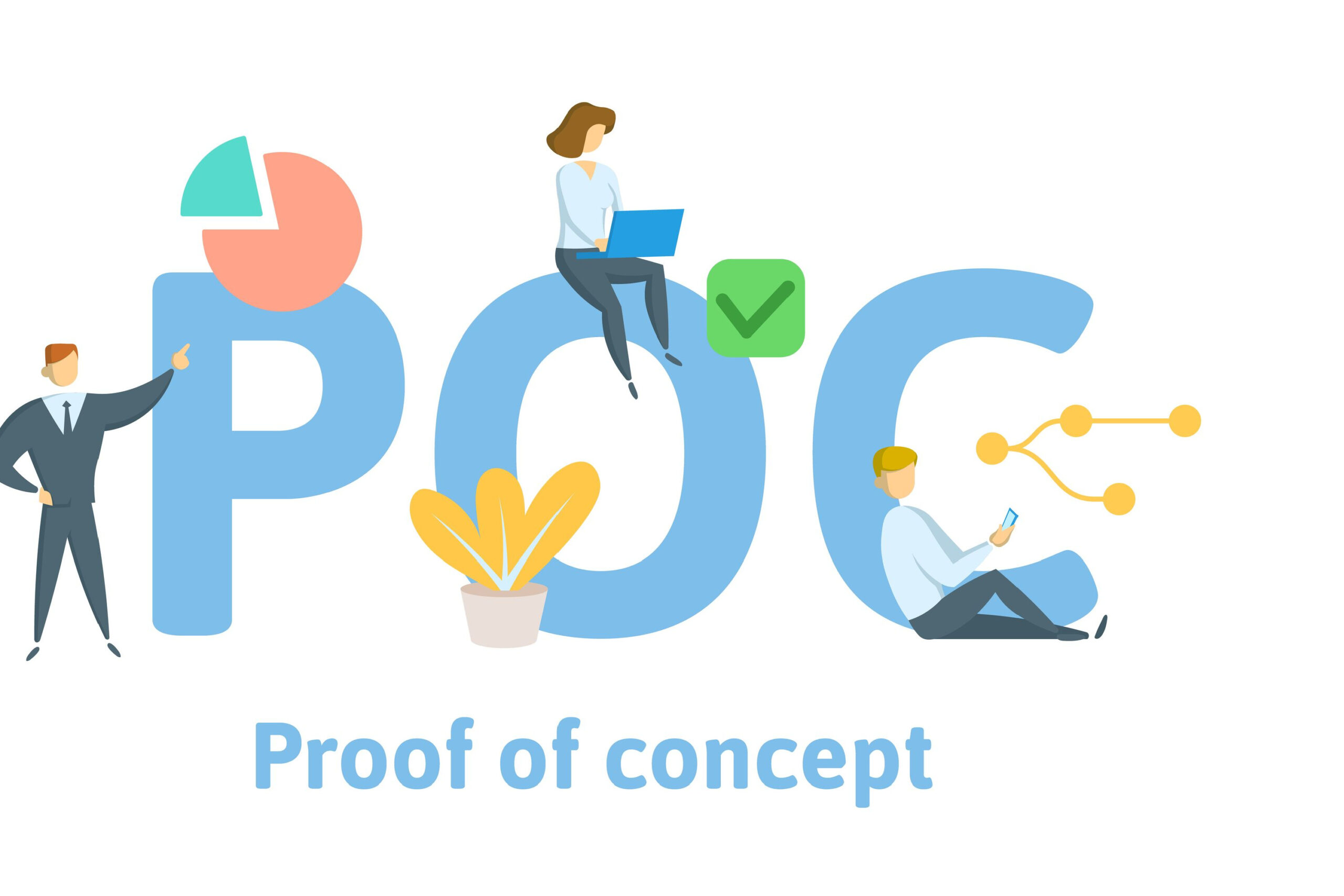When companies are interested in a particular product to invest in, such as mobile/web applications, they need a demonstration of how it works and its profitability: a “proof of concept. “
What is proof of concept?
A proof of concept (POC) consists of a draft plan to test and demonstrate the feasibility and functionality of an idea. It is also known as proof of principle.
Its use has been widespread since the mid-1960s, when software and hardware companies used it to test new and emerging technologies. In the following years, its use extended to different sectors, from the film industry to cybersecurity. Today it is essential for mobile and web applications and is also in the blockchain.
POC scenario
A typical scenario is when you have an idea for a startup or a software product, such mobile/web app. Still, you do not have sufficient financial resources to make it happen. You need investors who believe in that idea and to whom they will direct their money if convinced of its feasibility and profitability. Here is where proof of concept (POC) comes to the rescue: a document and practical demonstration supported by a prototype proving that the proposed product is feasible and will be successful. Its implementation involves a roundtable discussion where the originator, implementation team, investors, suppliers, and customers typically participate.
Once the POC has demonstrated, the project is feasible, a prototype, pilot, and Minimum Viable Product (MVP) are often developed. As we shall see, people often interchange these terms with different meanings and functions.
How to carry out a POC?
There is a common practice for the implementation of POC, which generally develops as follows:
1. First, a purely theoretical phase where the designers work to obtain comprehensive information about the essential resources; it is also critical to define timeliness.
2. Next, the technical team works to draw a clear picture of how to proceed in detail, indicating the objectives, responsibilities, roles of each and respective tasks, and how to use the resources. The upper management and stakeholders have to validate this roadmap before its implementation;
3. The technical team and the human resource management divide tasks among the subgroups to achieve a higher level of efficiency in the implementation of the work;
The testing phase, a critical step of POC
4. The created product must be evaluated through tests to measure performance and degree of security and check bugs and errors; these checks are possible with the help of the following tools:
– Prototype: a limited initial model made to validate a concept or process; it corroborates the POC and provides the following specifications for a practical, working system rather than a theoretical one.
– Pilot: a first production version of a concept or process; it aims to verify whether an idea works as intended in a practical, working system.
– MVP: minimum viable product, unlike a prototype, is an error-free version of the idea and design and must be good enough to demonstrate a competitive advantage in the marketplace
– MMP: minimum marketable product is another solution containing basic features to build a good user experience and reduce the time to market.
5. After completing all POC implementation phases, prototype examination, pilot testing, and MVP creation, the final product is ready for presentation and production. The proof of concept is not always required to be perfect and error-free, but at least it shows that the design is functional.
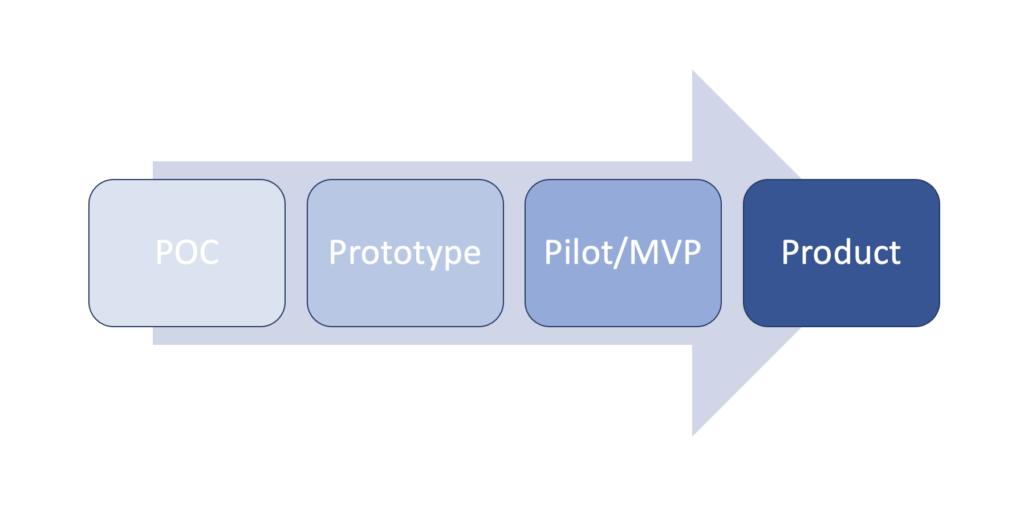
Let us further clarify the concept of MVP, its use, and the different declinations it has taken in recent years. The industry coined new terms to identify additional phases that nevertheless often overlap.
Minimum Viable Product
Today’s most successful mobile/web apps use an MVP process to prove that people will use the product.
However, several misleading conceptions prevent product owners from using this concept most efficiently.
It differs from POC and prototype by purpose and who uses it. Proof of concept is not customer-centric. It is a test demonstrating how a particular technology stack suits specific end-client needs; therefore, it reduces technology risks. If the proof of concept answers “Can we build it?” the prototype answers “How can we build it?”. The prototype and MVP are very close because both provide a ground for learning from user feedback. The difference is the recipients: the prototype is usually used by those who create it, whereas the minimal usable product is made public.
In most cases, the prototype serves as bait for investors and is the basis of the MVP.
Product Roadmap and new alternatives for MVP
As described in the second phase of the POC, the product roadmap is essential, particularly for directing the creation of a mobile/web app MVP. Such a map remains flexible to adapt to constant changes. Its basic elements are:
- Define the vision and strategy
- Serve as a template for executing the plan.
- Align internal stakeholders.
- Assist in discussion and scenario planning.
- Communicate development status and progress.
Minimum lovable product (MLP)
An alternative to the MVP is the minimum lovable product (MLP). The two differ in purpose: the MVP seeks user feedback on the product’s value; the MLP focuses on the user hype and appreciation it can bring users. Suppose the MVP has validated that the idea is worth evolving. In that case, the MLP gets users talking about your vision and sharing it with others.
Minimum awesome product
However, the candidate to replace the MVP is another and is called the minimum awesome product. Mobile/web app development and product quality have become consequential in recent years, resulting from the ongoing technological revolution. It requires users to meet high expectations for new products; therefore, companies can’t rely on network effects to secure market leadership.
In contrast, before, startups proposed a minimum value to be improved step by step. Today, MVP turns into MAP, simply an MVP with an improved UX, paying attention to the product’s functionality, design, speed, and fluidity.
If the startup is innovative, the MAP will equal the MVP. At the same time, if the chosen niche has several competitors, it is good to prepare a good MAP.
Whatever type of MVP one intends to develop, it is instrumental to the POC to identify the product’s value from the beginning.

Successful examples of app MPV use
Many globally popular mobile/web apps succeed due to their ability to act on user feedback.
One example is Spotify, whose initial base was an MVP of its product. Over time, it has integrated new ways to add value to the listeners’ experience through new features and strategic elements for specific goals such as marketing and advertising.
Another example is the cab app Uber, whose MVP initially targeted San Francisco to quickly address the problem of finding an affordable cab. Once it reached a decent number of users, it began to add more features and services. Today Uber offers a wide range of parts, such as live-tracking for drivers, fare splitting, automatic credit card payments, fare estimates, etc.
Instagram launched in 2010 as a location-sharing MVP app; users could take photos from the app, edit them, and geotag locations. Over its twelve years, it has grown into a full-fledged social media platform. A significant change to the product MVP was the introduction of stories in 2017.
Indeed, this is not the end of the examples of MVP apps that have become global giants. The lesson is that each of these companies addressed a pain point for a group of users of their MVP, remediating and adding value with each improvement made.
Properties and downsides of POC
Properties and Advantages
There are different types of proof of concept in software and mobile/web app development, with varying approaches to the tested product, during phase 4 described earlier. We mainly distinguish:
– Technology proof, verifying the viability of the desired technology. It helps to clarify technical issues that may make the development process more complex, such as different software features and compatibility.
– Steel wire identifies the most critical execution paths, validates a design, and prepares key components for extended development.
–Pilot project to analyze, as we have seen, and test whether the concept works appropriately and matches the expectations of the working system.
The main benefits of POC are:
- Technology verification.
- Reducing potential risks and obstacles.
- Determining the chances of scalability.

Downsides and challenges
POC provides valuable mobile/web app project data for potential investors and stakeholders, including market demand and target audience. However, these can change for numerous reasons that are not always predictable. If the project flow changes, the results will be affected.
POC provides a solid understanding of the capabilities and limitations of the app. Still, it can limit creativity since it pegs the project to specific guidelines based on the information gathered, restricting the product’s potential success. MVP’s openness and flexibility can partially overcome this issue.
POC implementation requires additional resources such as money, time, or customer commitment.
The sales cycle becomes longer. Therefore, one must assess whether there are appropriate reasons to do it. Above all, the POC introduction cycle must be short and smooth; typically, it can be as long as three months, while the ideal duration is six weeks.
Timing is essential; in fact, it is the criterion that will go into defining the cost-benefit ratio as well as acceptability to the customer or not.
MVP and Prebuilt solutions
Time is essential, and saving it is desirable.
Some solutions allow startups to focus on building a minimum value product (MVP) by leveraging service architectures or quickly create an application around the MVP by adding prebuilt microservices. In the RTC landscape, this is the case with a prebuild SDK, of which ZEGOCLOUD offers an excellent alternative.
Prebuild SDK, such as our Video Chat Prebuilt, is the best choice for those who want to integrate one-to-one voice and video calls efficiently and quickly. It enables customers to innovate new products and services in response to market demand, leaving the complicated technicalities behind video communication to our experts.
Try our prebuilt SDK open source code or video call SDK.
Let’s Build APP Together
Start building with real-time video, voice & chat SDK for apps today!


